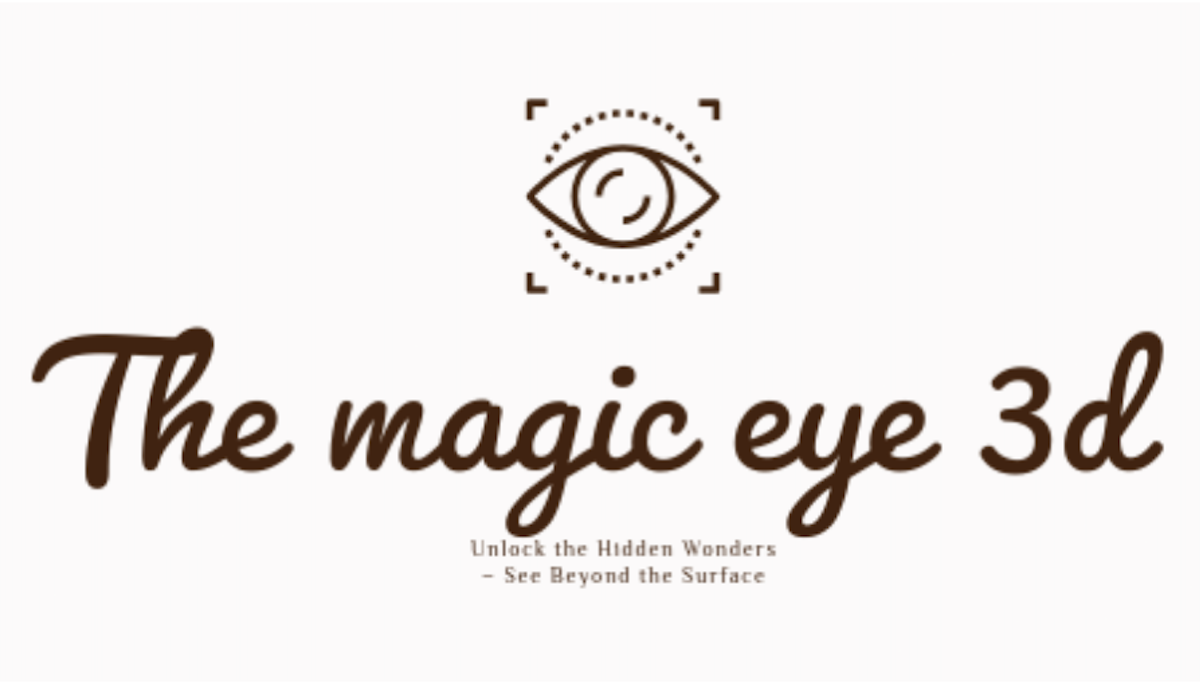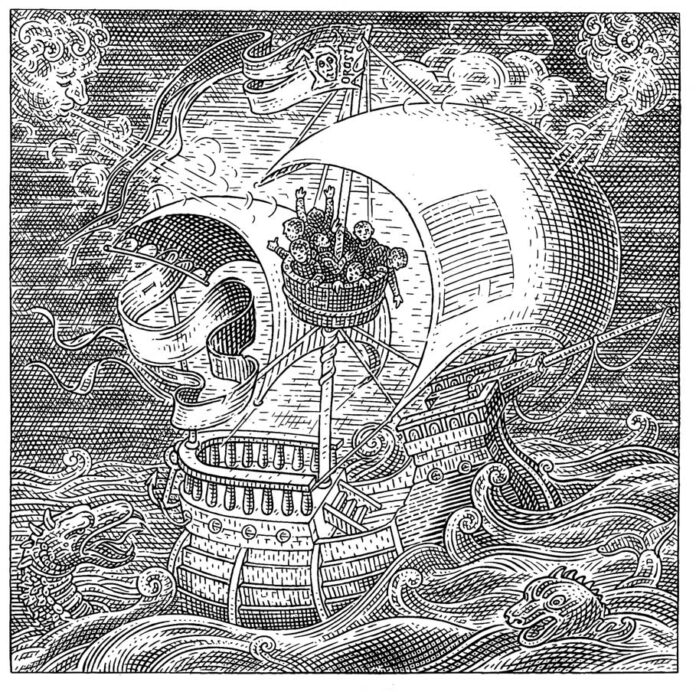Ever stared at a seemingly random pattern until a hidden 3D image popped out? If so, you’ve experienced the magic of a stereogram — a unique form of optical illusion art. Stereograms have fascinated people for decades, combining creative design with brain-teasing fun. Behind these visual puzzles are talented stereogram artists who masterfully craft artworks that are both complex and beautiful.
In this article, we’ll introduce you to some of the most famous stereogram artists in the world, showcase their most iconic works, and dive into what makes their art so special.
What Is a Stereogram?
A stereogram is an image designed to create the visual illusion of a three-dimensional scene from a two-dimensional image. To see the hidden 3D picture, viewers need to diverge their eyes in a specific way—sometimes called “freeviewing.” A popular version of stereograms is the “Magic Eye” series that became a cultural sensation in the 1990s.
This type of art takes not only creative ability but also technical expertise. Let’s explore the artists who elevated stereograms from quirky illusions to highly respected visual artworks.
1. Tom Baccei – The Mind Behind Magic Eye
No list of stereogram artists is complete without Tom Baccei. He is one of the co-creators of the groundbreaking Magic Eye books. First published in the early 1990s, Magic Eye became a pop culture phenomenon, making stereograms a household concept.
Baccei, along with programmer Cheri Smith and graphic artist Bob Salitsky, played a pivotal role in developing the software and techniques used to render the stereographic images we see today. He was instrumental in launching stereograms into mainstream art and taught people how to “see” in a new way.
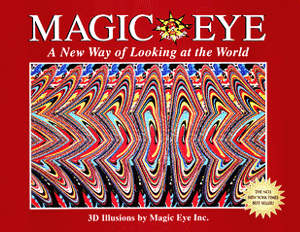
One of their most famous works is “Magic Eye: A New Way of Looking at the World,” which sold millions of copies and remains a classic book for stereogram enthusiasts.
2. Gene Levine – The Artful Stereographer
Gene Levine is another well-known name in the stereogram universe. He started creating stereograms in the 1990s and quickly gained recognition for his highly detailed and artistic designs. His work often features charming themes — from animals to entire fantastical scenes — all hidden within intricate patterns.
Levine also focuses on the aesthetic quality of the foreground, ensuring that the images are visually appealing even without the 3D effect. His website and YouTube channel have helped teach newcomers how to view and even create their own stereograms.
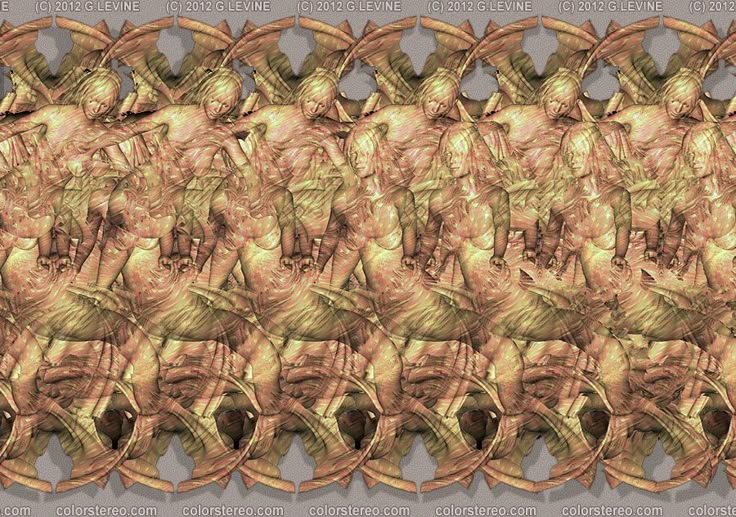
One of his fan-favorite stereograms includes a jungle full of hidden animals. At first glance, it seems like a regular collage of leaves and branches—but take a closer look, and entire creatures jump into view.
3. Takashi Sekitani – Anime-Inspired Illusions
Known for merging Eastern aesthetics with stereogram art, Takashi Sekitani is a Japanese artist who has brought a fresh look to the medium. His work often incorporates anime-style characters, futuristic landscapes, and elements of Japanese pop culture, all cleverly hidden in stereoscopic images.
Sekitani’s approach to stereograms makes them especially popular among younger audiences. His modern and colorful style sets him apart from traditional stereogram art, appealing to fans of digital and experimental design.
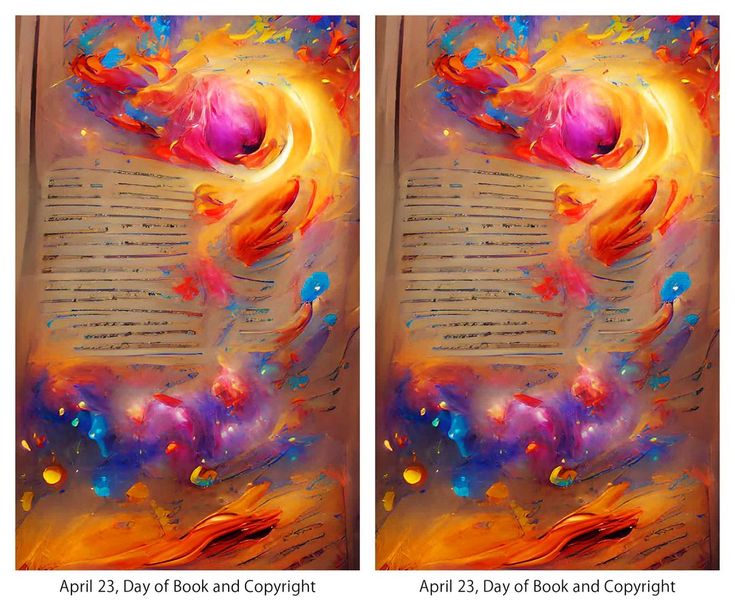
Sekitani has exhibited his work internationally and has been featured in various digital art journals, proving that stereograms can be contemporary, edgy, and endlessly creative.
4. István Orosz – Optical Mastermind
Hungarian artist István Orosz is renowned for his sophisticated optical illusions, and stereograms are just one part of his impressive portfolio. He has a background in animation and graphic design, but what stands out is his ability to create complex depth landscapes within his stereographics.
His works often include historic, mathematical, or surreal elements, reflecting a deeper narrative beneath the optical illusion. If you love stereograms with a twist of intellect, Orosz’s creations are a must-see.
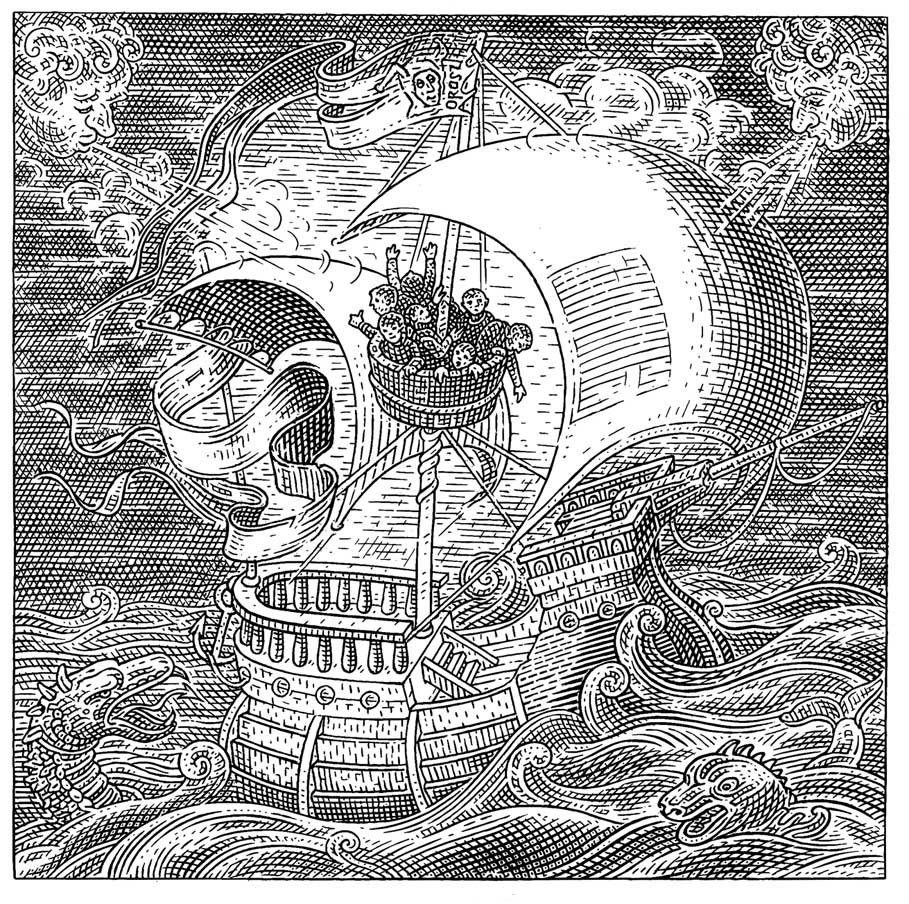
His stereogram titled “The Anamorph” combines perspective tricks and stereoscopy, giving viewers a multi-layered visual experience that’s both challenging and entertaining.
Why Stereogram Artists Matter in the Digital Age
In today’s fast-paced digital world, where art often moves quickly across screens, stereograms invite us to slow down and engage. These artists encourage viewers to interact with the artwork, focus their vision, and discover something hidden beneath the surface. It’s an art form that’s both playful and meditative.
The influence of stereogram artists reaches beyond galleries and books. Their work is used in education, therapy (especially vision therapy), and even virtual reality projects. As 3D technology advances, the techniques and creativity developed by these artists remain as relevant and inspiring as ever.
Conclusion
Stereogram artists like Tom Baccei, Gene Levine, Takashi Sekitani, and István Orosz have each contributed something unique to the world of 3D art. From whimsical creatures to thought-provoking illusions, they’ve turned complex algorithms and design principles into mesmerizing art anyone can enjoy.
Next time you see what seems like a jumble of patterns or colors, take a moment. Let your eyes adjust and step into a new hidden world — one carefully crafted by some of the most imaginative minds in modern art.
Want more content like this? Subscribe to our magazine and follow us on social media for weekly updates on photography, art, and visual storytelling!

